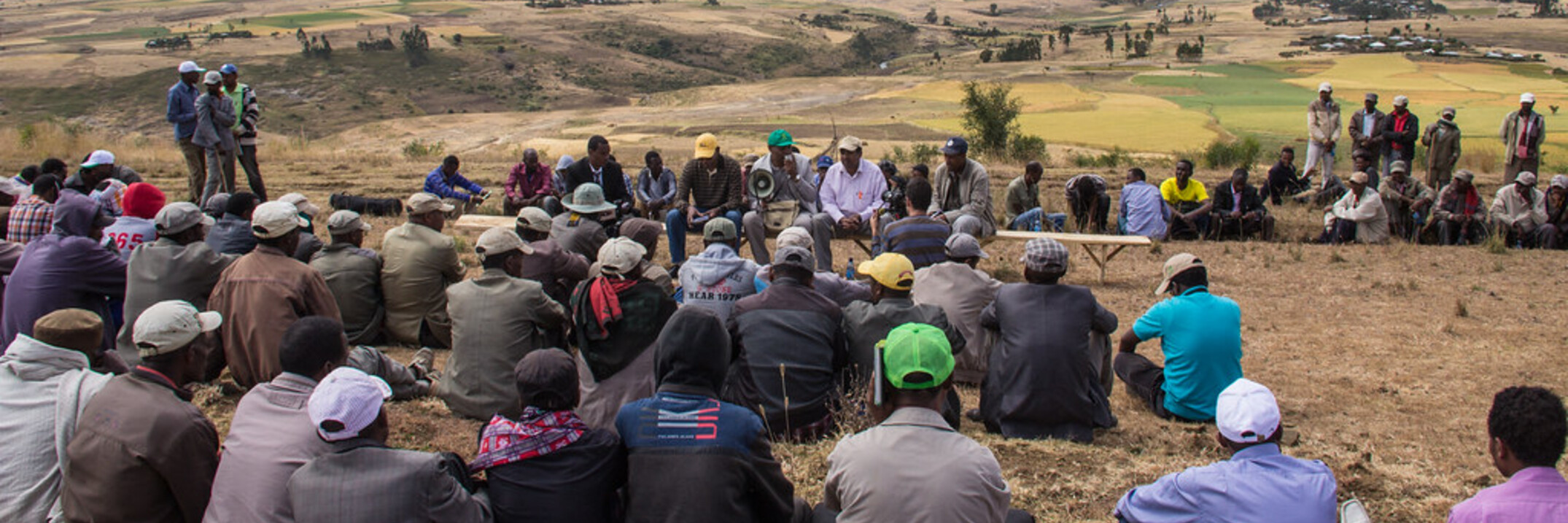Salsola vermiculata is a perennial species in arid and semi-arid areas of the Mediterranean, the Middle East, and North Africa. This factsheet illustrates the benefits of Salsola vermiculata as drought tolerant and high palatable species. The best...


